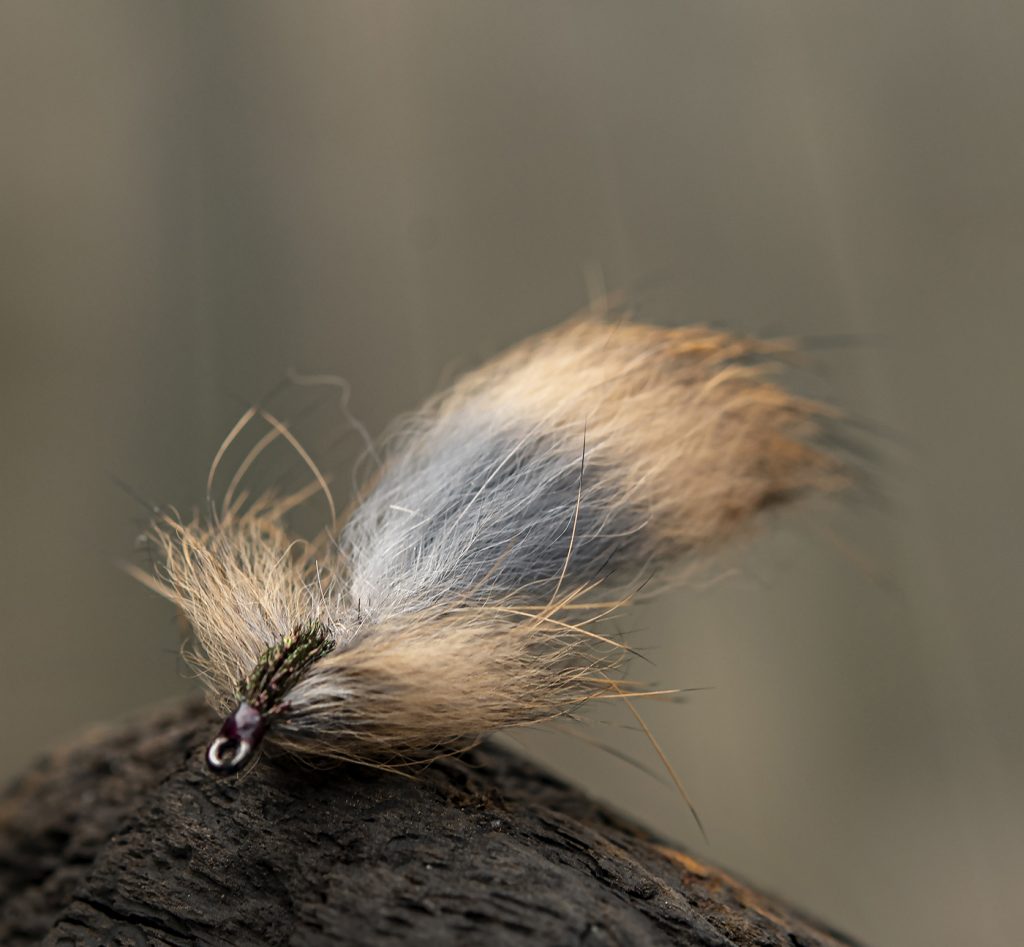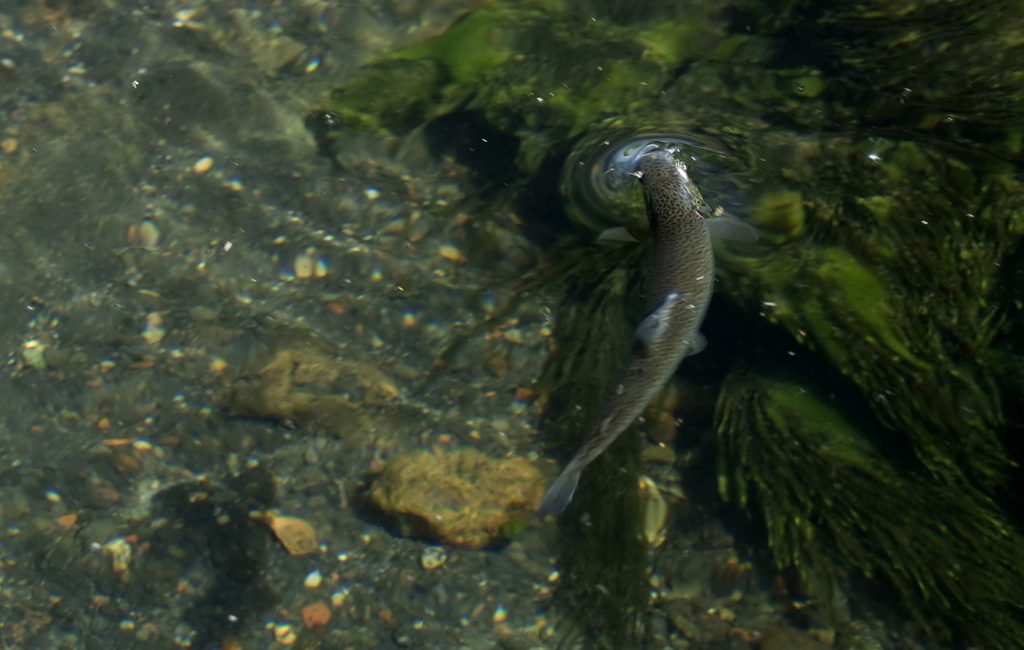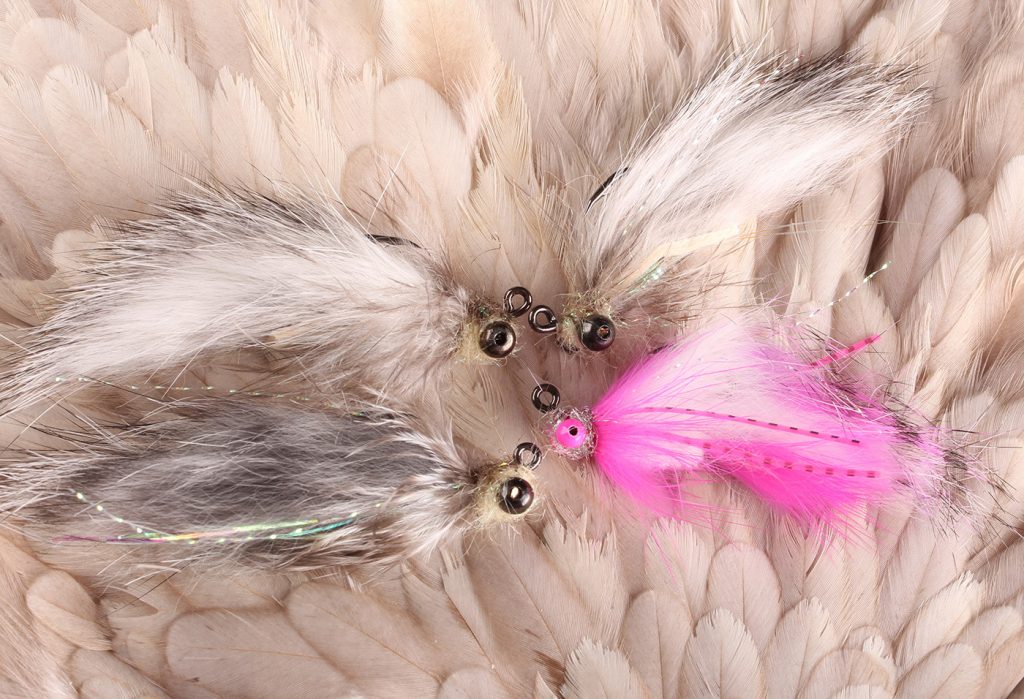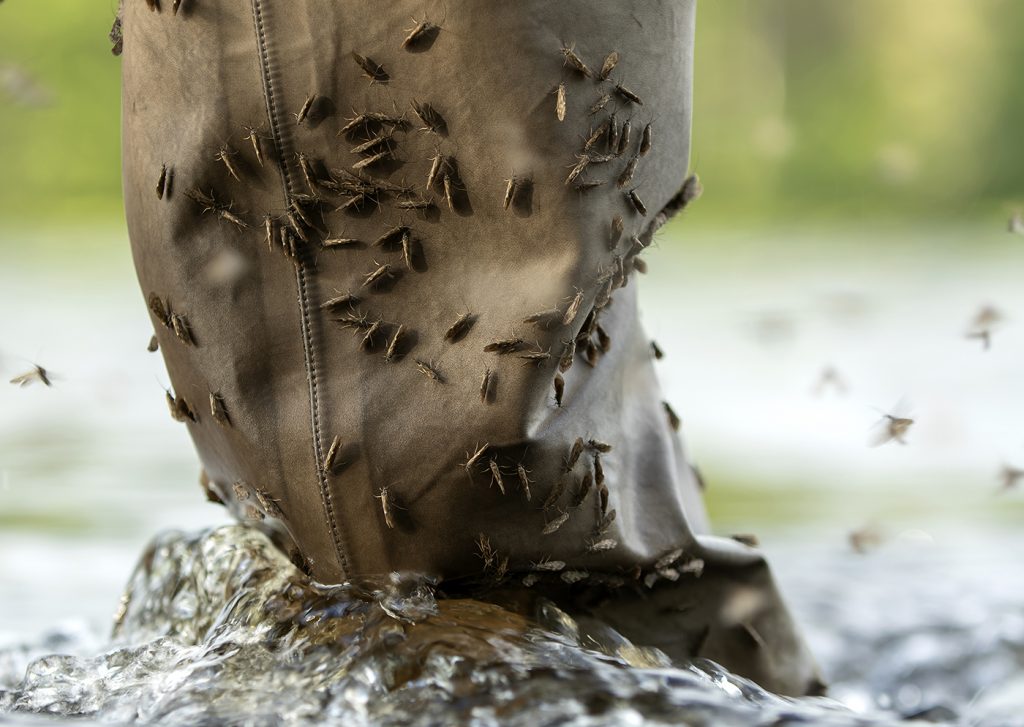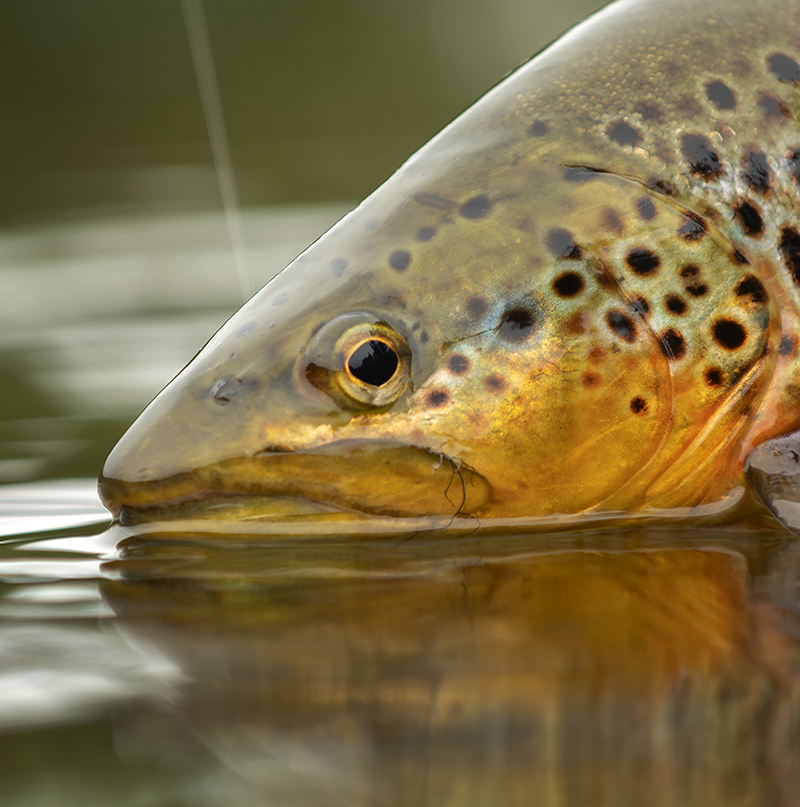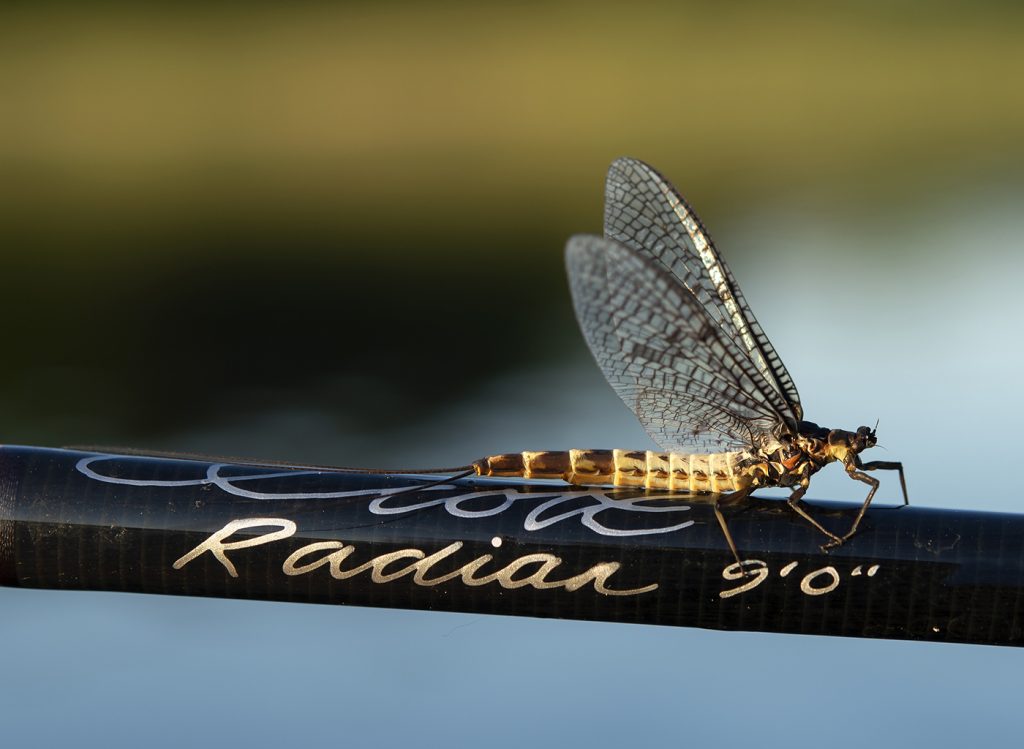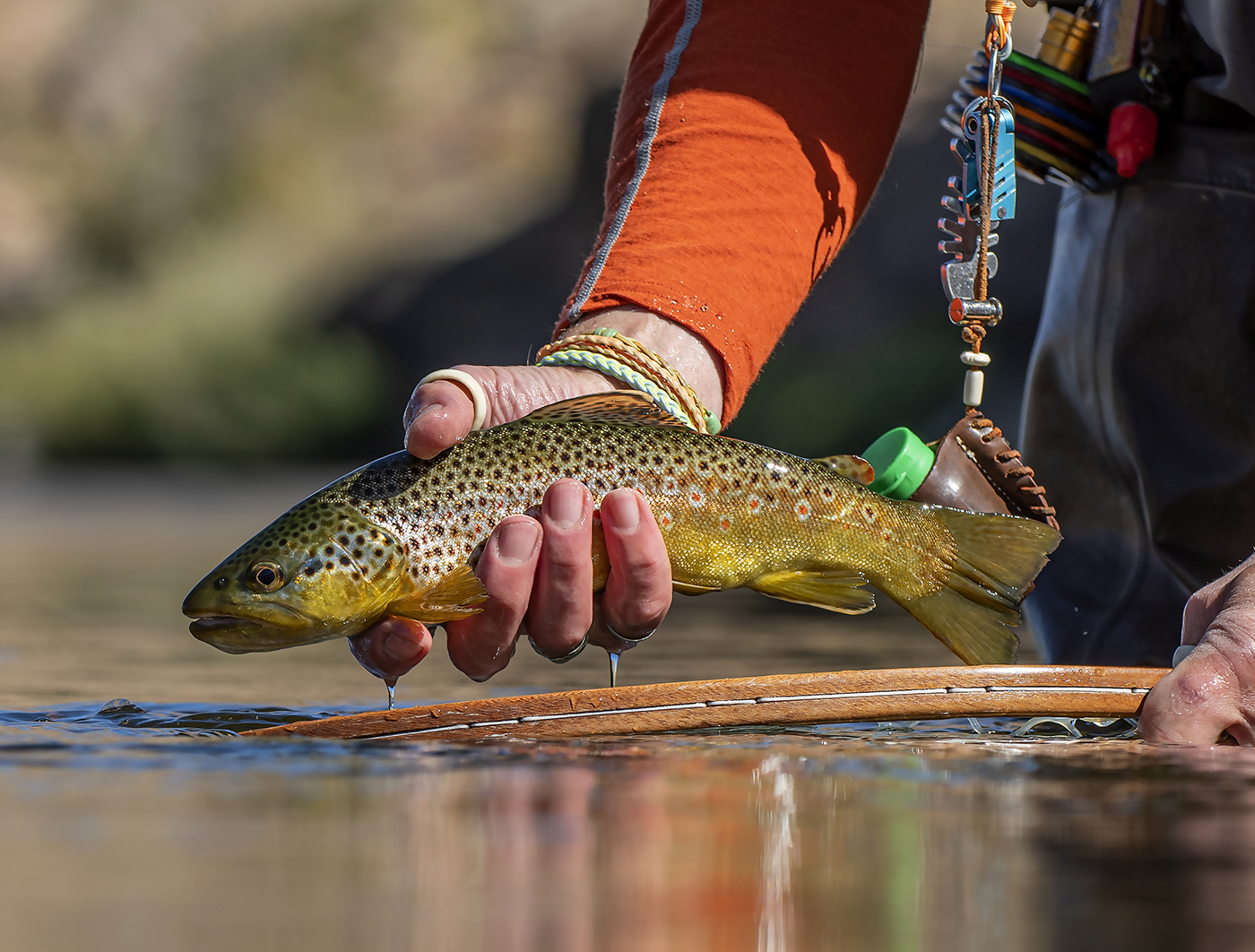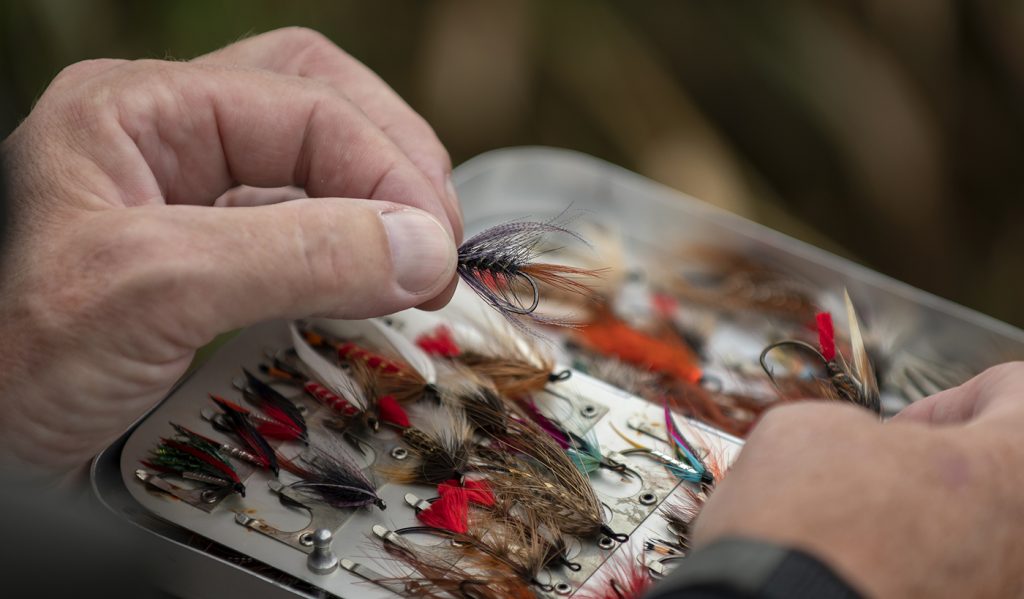
To me there are few flies that embody the whole essence of “a fly” as old, classic wet flies. There are plenty, hundreds, to choose from and I’ve featured some of them in previous posts. A few decades ago, most new fly tiers began with a Red Tag and once the basic techniques were in place, next on the agenda was learning to tie feather wings. Usually the subject was a March Brown wet. It’s simple (until you get to wings), catches well and challenges the fly tier. Hen pheasant wing slips aren’t hard for the experienced fly tier, but they’re not the easiest either.
Continue reading “Old Wets”
